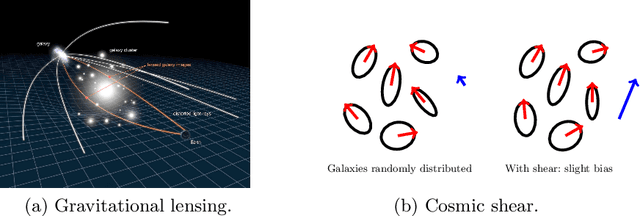Bastien Arcelin
Audio2Rig: Artist-oriented deep learning tool for facial animation
May 30, 2024

Abstract:Creating realistic or stylized facial and lip sync animation is a tedious task. It requires lot of time and skills to sync the lips with audio and convey the right emotion to the character's face. To allow animators to spend more time on the artistic and creative part of the animation, we present Audio2Rig: a new deep learning based tool leveraging previously animated sequences of a show, to generate facial and lip sync rig animation from an audio file. Based in Maya, it learns from any production rig without any adjustment and generates high quality and stylized animations which mimic the style of the show. Audio2Rig fits in the animator workflow: since it generates keys on the rig controllers, the animation can be easily retaken. The method is based on 3 neural network modules which can learn an arbitrary number of controllers. Hence, different configurations can be created for specific parts of the face (such as the tongue, lips or eyes). With Audio2Rig, animators can also pick different emotions and adjust their intensities to experiment or customize the output, and have high level controls on the keyframes setting. Our method shows excellent results, generating fine animation details while respecting the show style. Finally, as the training relies on the studio data and is done internally, it ensures data privacy and prevents from copyright infringement.
A Bayesian Convolutional Neural Network for Robust Galaxy Ellipticity Regression
Apr 20, 2021



Abstract:Cosmic shear estimation is an essential scientific goal for large galaxy surveys. It refers to the coherent distortion of distant galaxy images due to weak gravitational lensing along the line of sight. It can be used as a tracer of the matter distribution in the Universe. The unbiased estimation of the local value of the cosmic shear can be obtained via Bayesian analysis which relies on robust estimation of the galaxies ellipticity (shape) posterior distribution. This is not a simple problem as, among other things, the images may be corrupted with strong background noise. For current and coming surveys, another central issue in galaxy shape determination is the treatment of statistically dominant overlapping (blended) objects. We propose a Bayesian Convolutional Neural Network based on Monte-Carlo Dropout to reliably estimate the ellipticity of galaxies and the corresponding measurement uncertainties. We show that while a convolutional network can be trained to correctly estimate well calibrated aleatoric uncertainty, -- the uncertainty due to the presence of noise in the images -- it is unable to generate a trustworthy ellipticity distribution when exposed to previously unseen data (i.e. here, blended scenes). By introducing a Bayesian Neural Network, we show how to reliably estimate the posterior predictive distribution of ellipticities along with robust estimation of epistemic uncertainties. Experiments also show that epistemic uncertainty can detect inconsistent predictions due to unknown blended scenes.
 Add to Chrome
Add to Chrome Add to Firefox
Add to Firefox Add to Edge
Add to Edge